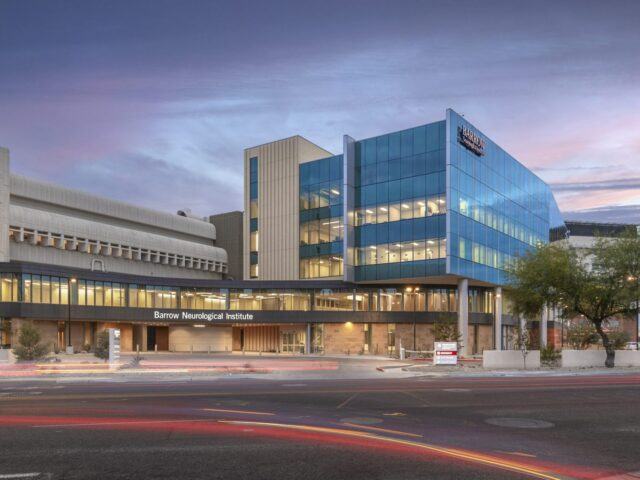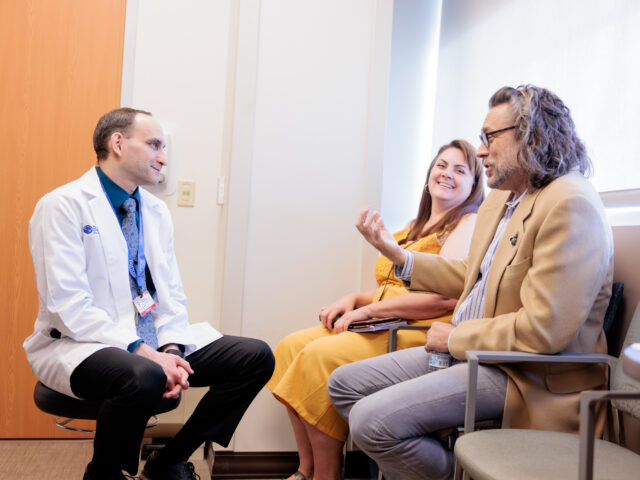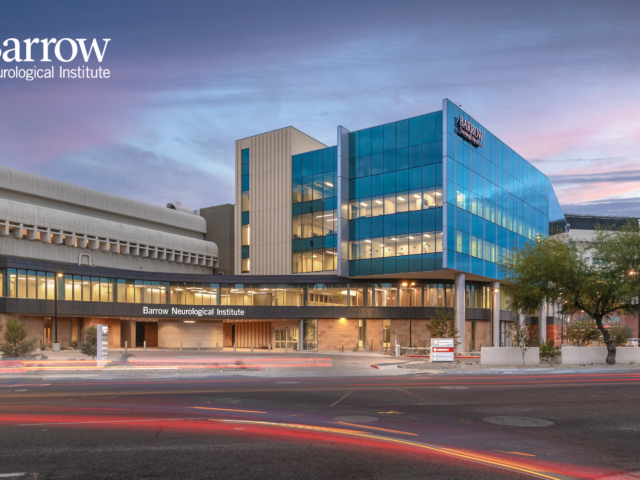
Responsive Neurostimulation (RNS)
Responsive Neurostimulation (RNS) Overview
Responsive neurostimulation (RNS) is a neurosurgical treatment for epilepsy. Along with vagus nerve stimulation (VNS) and deep brain stimulation (DBS), it is one of three devices used for this purpose.
RNS treatment involves implanting a small, cardiac pacemaker-like device that constantly monitors the electrical activity within the part of the brain involved in your seizures. Once the device detects epileptic brain waves, the device responds by delivering small pulses of electrical stimulation. This helps normalize epileptic brain activity, significantly reducing seizure frequency, duration, severity, and recovery time.
Responsive neurostimulation is unique in its mode of delivery—while other devices provide open-loop stimulation, in which stimulation is either provided continuously or at scheduled intervals, RNS does so in response to abnormal electrical activity detected in the brain (closed-loop).
Similar to a cardiac pacemaker or VNS, the RNS device comprises two components that work together to respond to epileptic activity in real-time:
- The implantable pulse generator: This implantable device is smaller than a pacemaker. It houses the circuitry and battery that deliver electrical pulses to the brain. The pulse generator is surgically placed under the scalp and embedded within the skull so that it is not visible once the skin heals. Two lead wires implanted in the brain tissue connect it to the area targeted for treatment.
- The lead wires: The lead wire is a thin, insulated wire that carries electrical pulses from the pulse generator to the brain. The wire terminates in four metal contacts that sense and record electrical brain activity and provide electrical stimulation. The contacts are strategically placed in specific areas of the brain that are affected by seizures.
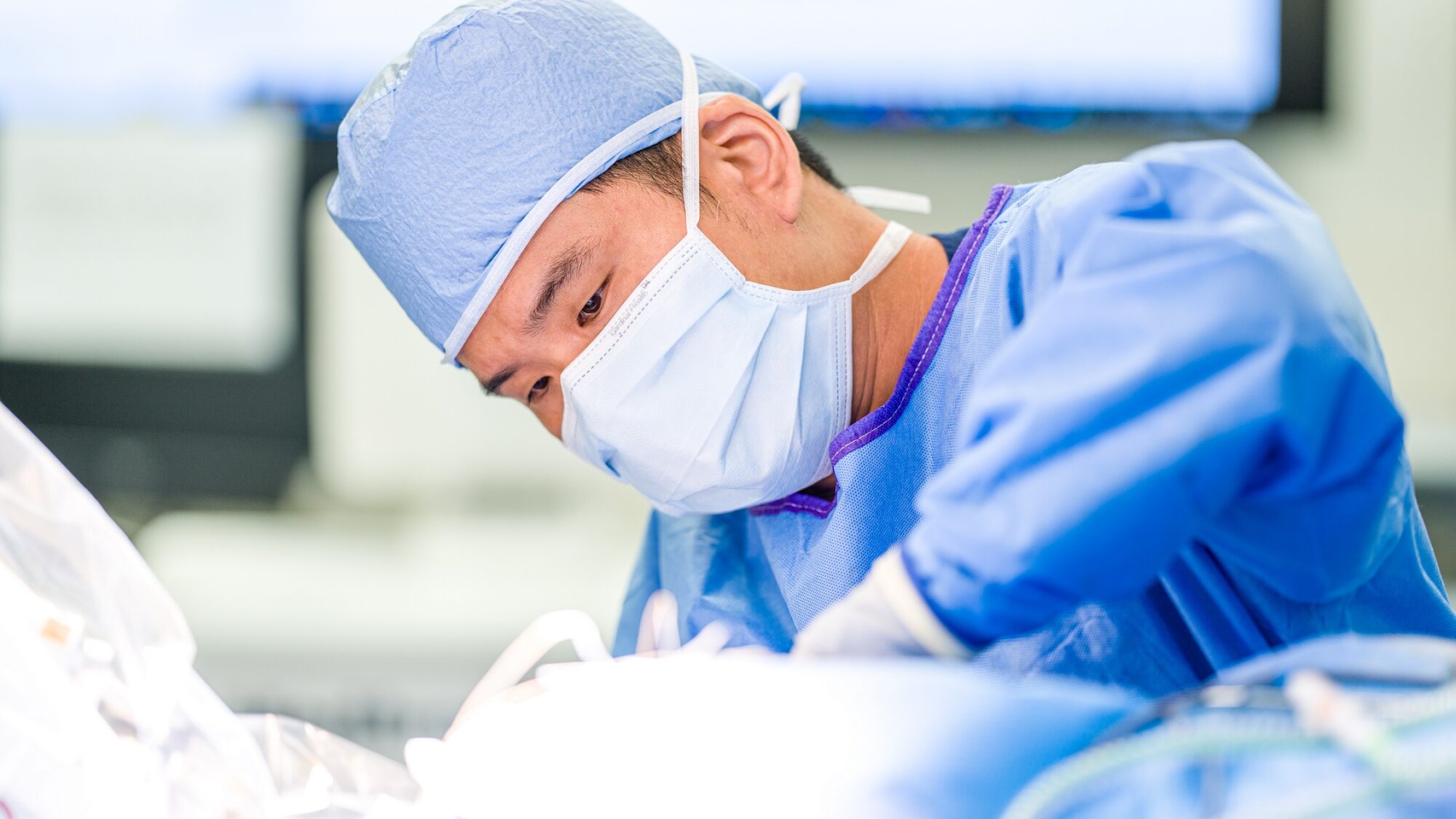
What does responsive neurostimulation (RNS) help treat?
RNS therapy is a treatment for people with drug-resistant epilepsy, that is, people whose seizures haven’t responded adequately to at least two different anti-seizure medications. Along with the other device-based therapies for epilepsy, RNS can be particularly helpful if you are not a candidate for surgery to eliminate your seizure focus (surgical resection).
Unlike the other two devices used in the treatment of epilepsy (DBS and VNS), RNS allows for long-term monitoring of seizures with direct recordings of brain activity. These recordings can provide valuable diagnostic information in some people, such as tracking seizure counts and measuring treatment response.
RNS can also be helpful in people who have undergone epilepsy surgery in the past but did not achieve their goals in terms of seizure outcomes. Having a VNS or DBS in place does not rule out the benefit of an additional device implant, and studies have shown that these devices can work together to provide extra benefits for some people.
While RNS treatment rarely leads to complete seizure freedom, it offers the potential for significant relief from epilepsy. By reducing seizure frequency and severity, RNS can boost your ability to participate in everyday activities and improve your quality of life.
RNS Procedure
Before RNS treatment can begin, a team of neurologists, neurosurgeons, and epilepsy specialists will evaluate you to determine whether you’re a good candidate and to pinpoint the area in your brain where seizures begin and spread.
Once approved, the process typically involves the following steps:
- Surgical implant: The procedure is done under general anesthesia and generally takes four to six hours. Your neurosurgeon will begin by making small skin openings (incisions) in the scalp to embed the implantable pulse generator in your skull. Then, using image guidance, your neurosurgeon will implant the thin lead wires into the brain tissue involved in your seizures. The exact number and locations of lead wires will depend on your seizure patterns and the specific brain areas that they affect. Once the leads are connected to the pulse generator, the surgical team will test the system in the operating room to confirm functionality.
- Postoperative recovery: Most people are discharged home after a one- to two-day hospital admission. Although the device is activated during surgery, it is initially only used to monitor brain activity.
- Follow-up care: You can typically resume normal activities within a few weeks after surgery. In addition to follow-up appointments with your neurosurgeon, you will have regular appointments with your neurologist to monitor your progress with RNS. In the first few weeks, the device will only record patterns of epileptic activity specific to your brain. This, in part, requires your participation by waving a special magnet over the device when you experience a seizure. Your neurologist will use these data to fine tune your device’s settings in a process called device programming.
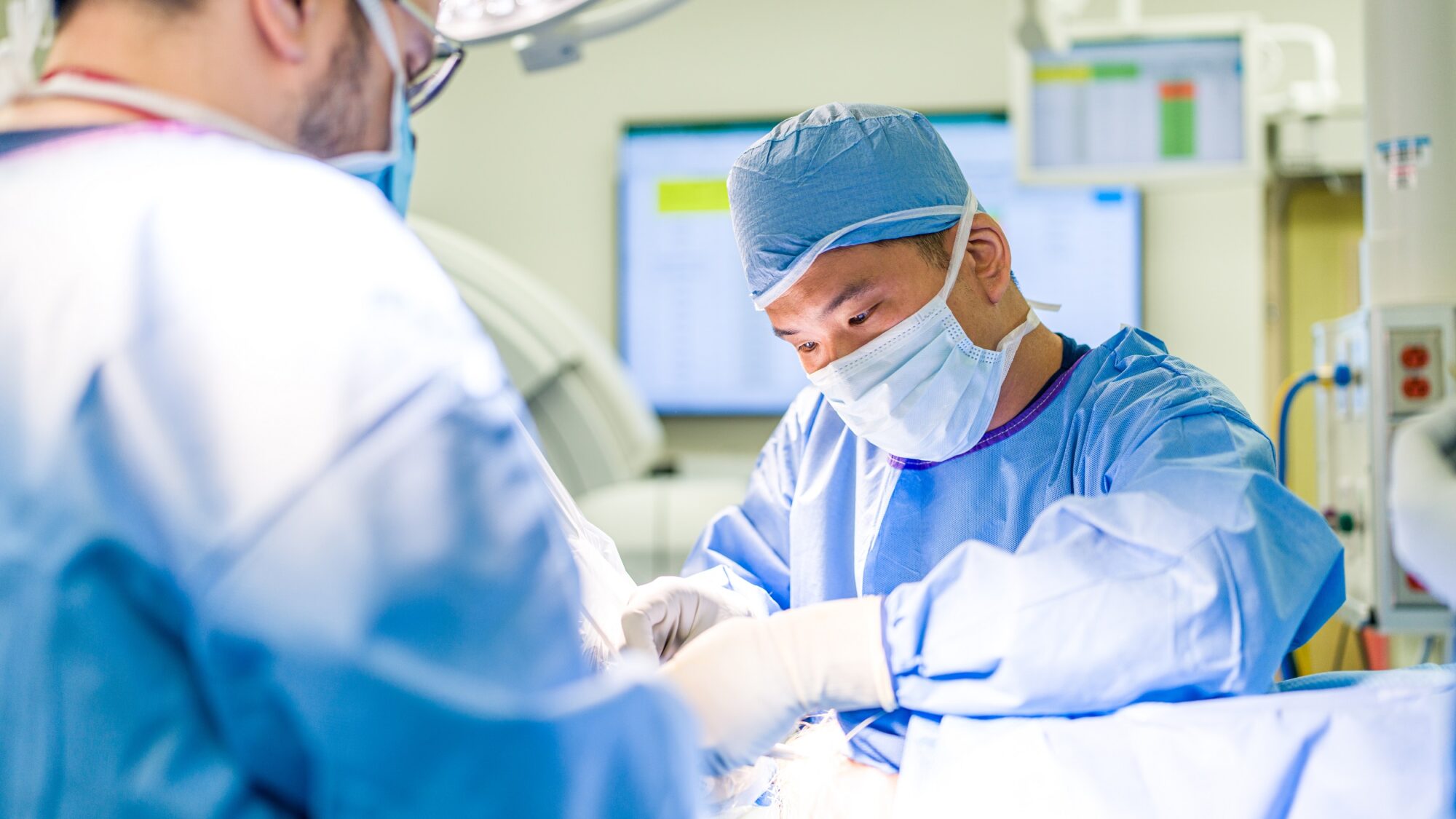
RNS Programming and Adjustment
RNS devices require careful programming and regular adjustments to optimize their effects. Both the detection settings that trigger stimulation and the settings of the stimulation itself are customized. Your neurologist will use the data obtained from the device and your seizure diaries for initial device programming and subsequent adjustments.
In general, you will be unaware of the device’s stimulation. If the device is not working as desired, your neurologist can make adjustments to mitigate any side effects or turn the device off. In rare cases, the device can be surgically removed, for example, if there is a device infection.
Common Questions about Responsive Neurostimulation (RNS)
Who is a good candidate for responsive nerve stimulation (RNS)?
You may be a good candidate for RNS if your epilepsy is not adequately controlled with at least two different anti-seizure medications (age four and older).
Is RNS safe?
The U.S. Food and Drug Administration (FDA) approved RNS in 2013 for epilepsy.
While RNS is a surgical treatment and all surgeries have risks, the risks associated with this therapy are relatively low. They can include bleeding or infection at the site of placement, a small risk of damage to brain tissue (such as from swelling or a stroke), device complications such as infection, and wound healing problems.
It’s essential to thoroughly discuss the potential risks and benefits of RNS surgery with your epilepsy care team. Close monitoring and follow-up care are crucial to identifying and managing any complications that may arise following surgery.
What kind of results can I expect?
Most people who have undergone RNS treatment report a higher quality of life. Clinical studies have shown that RNS therapy can significantly reduce seizure frequency over time, as well as seizure duration, severity, and recovery time. After the initial optimization of stimulation, seizures decreased by about 40 percent after the first three months. Additionally, RNS treatment generally improves over time—seizures were reduced by 50-55 percent two years after surgery, which improved to 70-75 percent at seven years, with 70-75 percent of recipients experiencing at least a 50 percent decrease in seizure activity.
What is the difference between responsive nerve stimulation (RNS), vagus nerve stimulation (VNS), and deep brain stimulation (DBS)?
There are three devices used in the treatment of epilepsy. Each is implanted in different parts of the nervous system and provides electrical stimulation in device-specific ways.
Vagus nerve stimulation (VNS) does not directly stimulate the brain. Instead, neurosurgeons implant a pulse generator under the skin in the chest wall and connect it to a wire that wraps around the vagus nerve as it travels deep within the neck. The device sends pulses of electrical activity at rhythmic intervals to the brain via the vagus nerve. In deep brain stimulation (DBS), electrodes are implanted in deep structures of the brain. It typically uses two wires, one for each side of the brain. DBS electrodes are connected to a neurostimulator placed under the chest’s skin, beneath the collarbone (as for VNS), and provide electrical pulses directly to the brain, either continuously or at rhythmic intervals.

